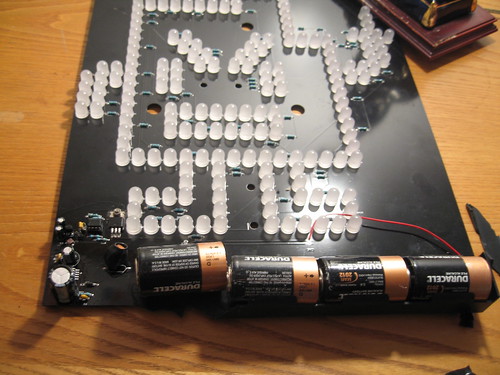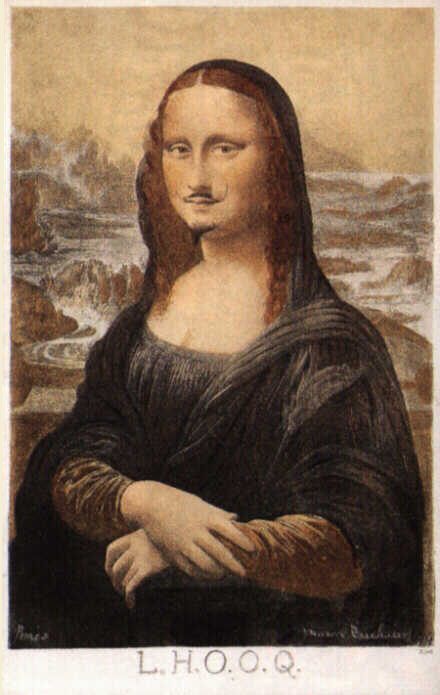
Under political repression dissenters lose the freedom to talk openly about problems or question authority.
In extreme cases even the protest art must take a form where it will not attract the wrong attention. Arpilleras (pronounced ar-pee-air-ahs) are a great example.
Art Against Political Repression presentation (Arpillera images from facinghistory.org)
Activist art can also be performative and still be "underground".
For Chilean women under Pinochet's regime, the La cueca, (pronounced kewk-ah) a popular courtship dance, was performed in a unique way as a protest.
What else can we learn about Civil Society from this?
Where does freedom of expression and association come into play?
What is the buffer between you and the government?
Are there ways for you to shape culture, politics and economy other than voting?
Homework due Thursday:
a) Comb through sources for current events and come up with 10 issues of concern.
b) Of these, select the one that you feel most strongly about.
c) List three things that would have to happen to resolve this issue.
Post your lists on the blog or email them to me.










